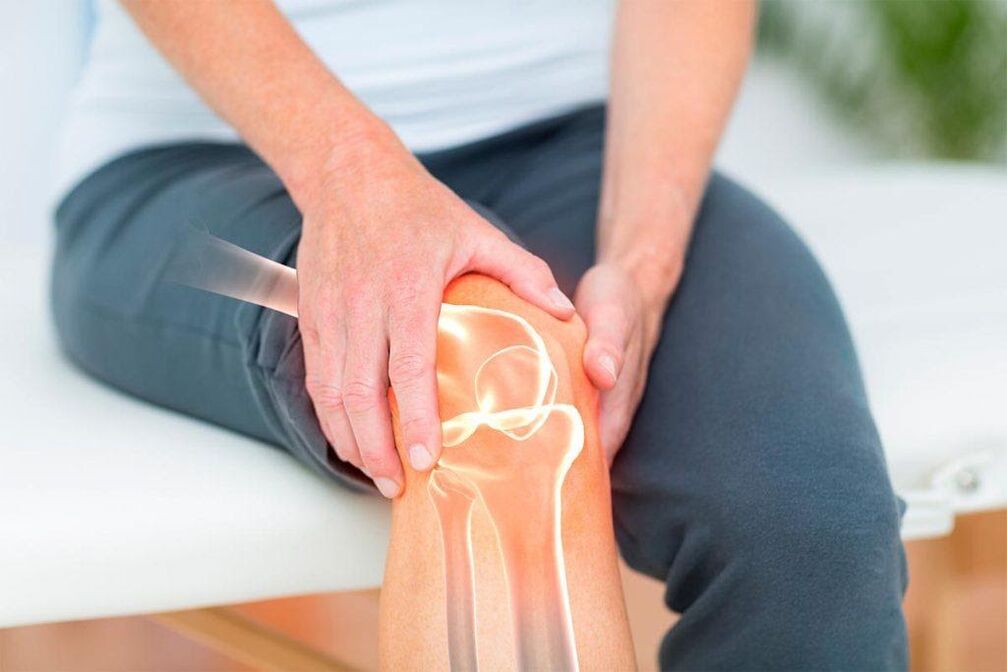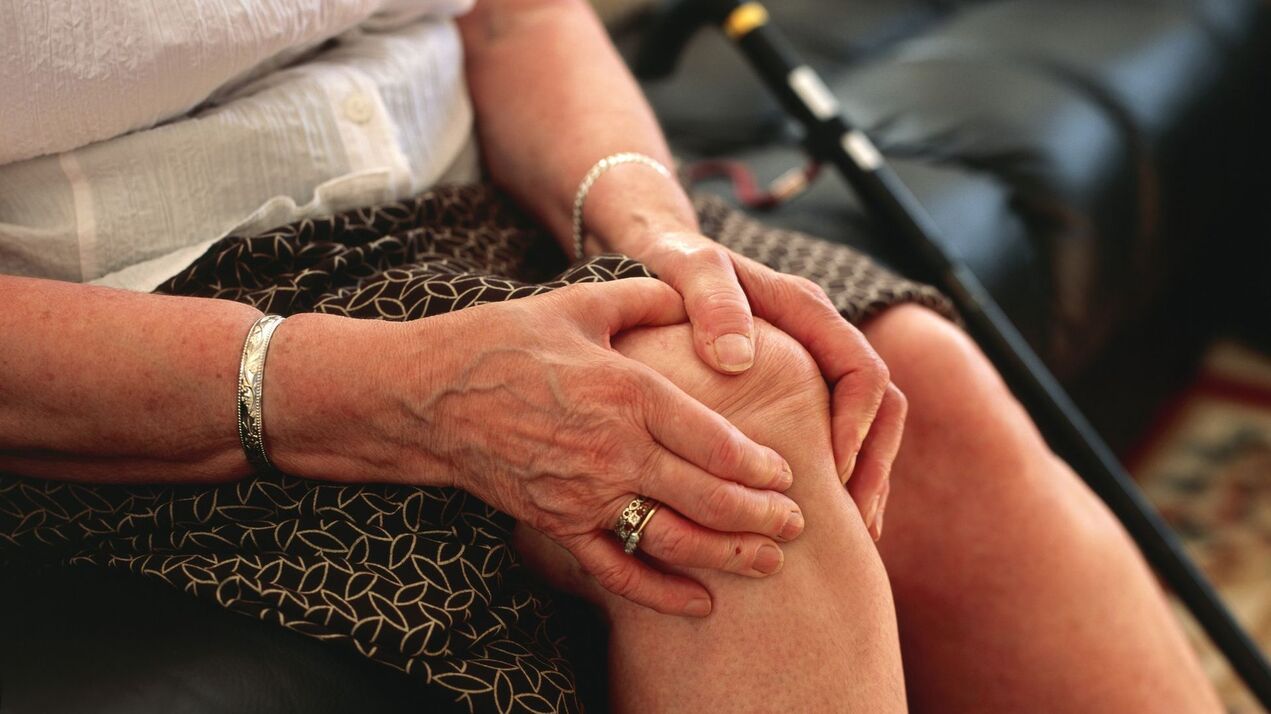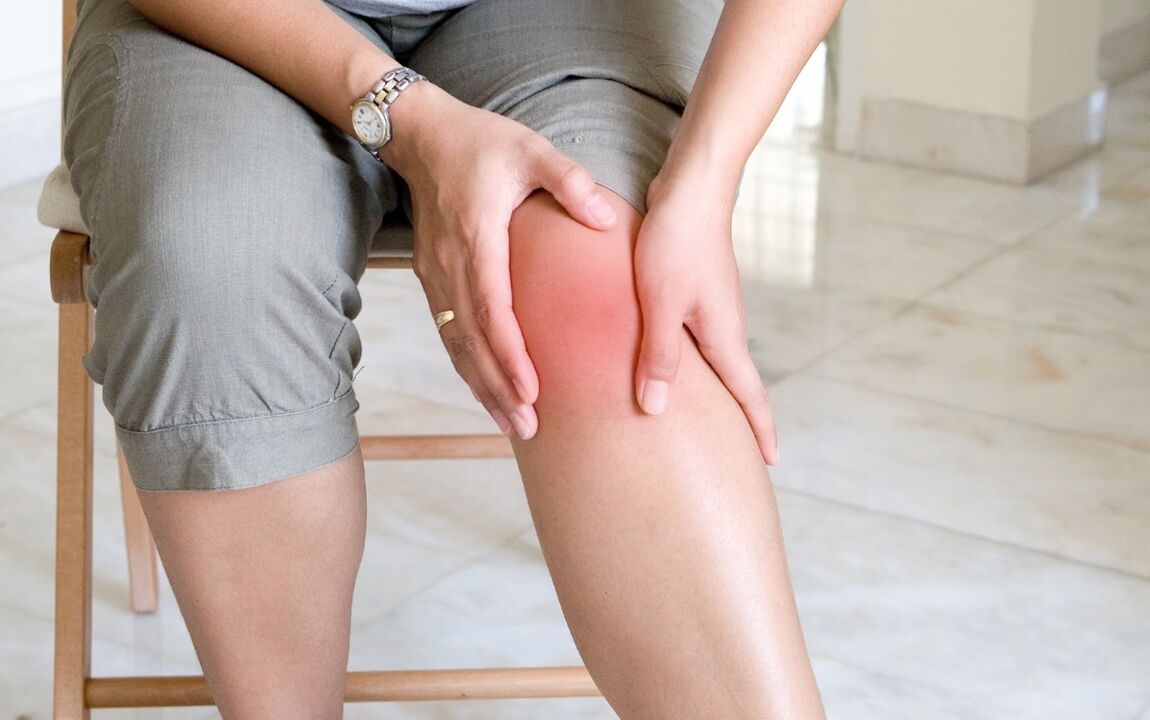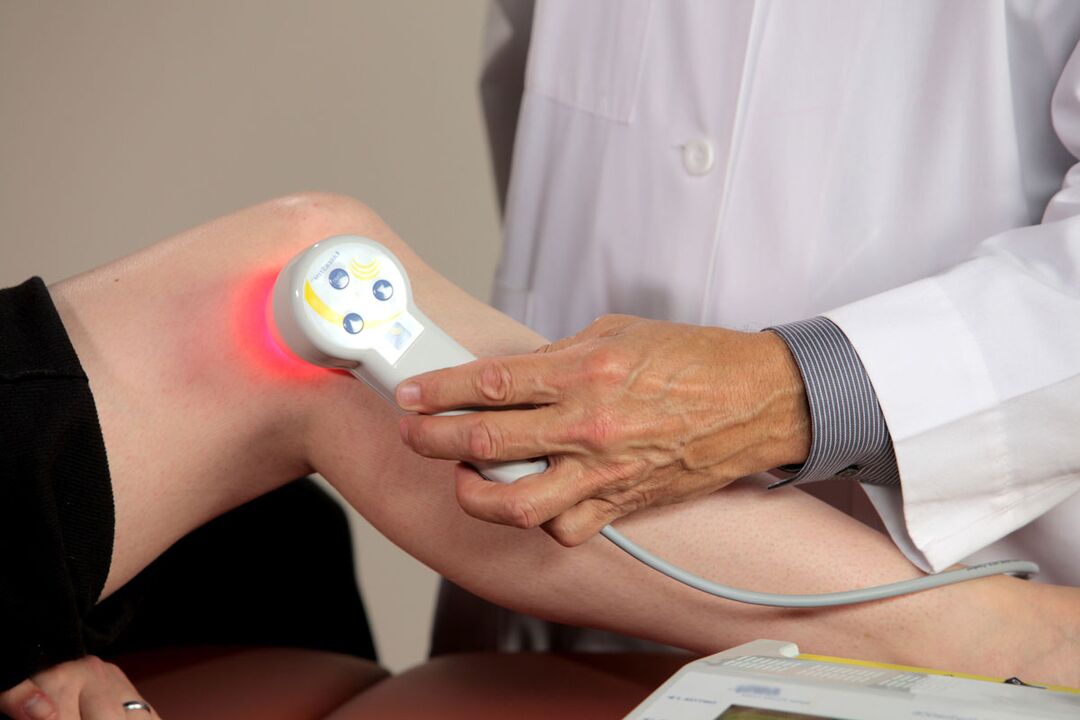
Our joints are complex and reliable mechanisms created by nature itself. As long as the joints are healthy, their work is invisible. But when they started to get hurt, the world lost its former glory. One of the most common joint diseases is arthritis and arthropathy. Many people confuse them and sometimes don't know what the difference is, because the joints will be injured in both cases. Similar names are also misleading. In this publication, we will tell you the difference between arthritis and joint disease, the symptoms and treatment of these diseases. Despite the similar names, these are completely different diseases.
What is arthritis and joint disease: the difference
First, the names of the diseases are different: they all have the same Latin root, but they have different endings. Having passed the end designation, you can remember the difference between arthritis and joint disease. The Latin ending "-oz" means the process of degradation, destruction. The ending "-it" indicates the inflammatory process. The difference between arthropathy and arthritis is obvious: the nature and course of the disease are completely different. But let us understand in more detail what joint disease and arthritis are and the symptoms that accompany them.
Osteoarthritis is the result of joint aging and degeneration
Arthropathy is the deformation and wear of the joint capsule, allowing the joints to move freely. This disease can cause structural changes, cartilage damage and tissue destruction. Usually, arthropathy occurs 45-50 years later and is the result of the body's natural aging process. Among elderly people over 60 years old, 80% of patients will be diagnosed with the disease due to leg pain.

In young people, arthropathy most often develops as a post-traumatic phenomenon, such as after fractures and bruises. It is usually diagnosed in professional athletes.
Generally, arthropathy affects the knee, ankle, and hip joints, which are those joints that are subject to the most stress every day. Musicians often suffer from wrist joints and fingers. The arthropathy itself progresses slowly, so in the early stages, the symptoms are less obvious.
Symptoms of joint disease
The main symptom is pain, which is manifested during exercise and after physical exertion. Usually, joint pain is pain, not very strong, and disappears in a comfortable posture when resting;
Frequent crunching sound-a deep sound due to friction between bones;
Movement stiffness is local, only the movement of the diseased joint is disturbed;
Appearance-The cartilage may be deformed and, in the later stage, slightly swollen.
Types of joint disease
Primary-due to the natural aging process of joints.
Minor-develop in the context of trauma, as a post-traumatic manifestation.
Arthritis is a serious physical disease
Although arthropathy is usually diagnosed in people over 45 years of age, arthritis can occur at any age. As we said, this is an inflammatory process that occurs in the joints, but it immediately affects the entire body. This disease is related to immune system dysfunction.
Why do joints hurt? The fact is that the immune body produced in this disease attacks the joints. Therefore, with arthritis, any joint can be injured: several or only one at a time. Arthritis most often occurs in the context of severe stress, anxiety, decreased immunity, and hypothermia, as well as the result of metabolic disorders.

Arthritis symptoms
In contrast to joint pain, arthritis pain is relieved during exercise, but worsens at rest and becomes chronic pain. In most cases, the pain will be worse at night or when resting in the morning;
Joint swelling, swelling, swelling, painful palpation;
The joints become red and hot;
Inflammation is found in the blood test;
Stiff body, stiff movement;
Dense nodules appear in the joint area.
Arthritis is also often accompanied by such manifestations:
Dry eye
Weakness, chills, lethargy;
psoriasis;
Weather dependent.
Types of arthritis
According to the nature of the disease, arthritis is divided into two types: inflammatory and degenerative. In turn, they are also divided into types.
Inflammatory arthritis can be:
Infectious-joint inflammation caused by microorganisms that enter the synovial fluid;
Rheumatoid-an inflammatory process that affects the connective tissue around joints and many organs;
Reactivity-development due to infection;
Gout is a joint inflammation associated with increased uric acid in the blood, which leads to salt deposits.
Degradation occurs:
Traumatic
Osteoarthritis.
Which is more dangerous: arthritis or joint disease?
There is no clear answer to this question. Because these two diseases, if not treated in time, will lead to total loss of mobility. Joint disease may be the result of arthritis. But long-term joint disease can also cause arthritis.
Treatment of arthropathy and arthritis: features
Joint pain deprives a person of the simplest happiness: ordinary walking, opportunities for adequate rest, and freedom of movement. However, it is not always possible to recognize the astonishing manifestations of this symptom in time. Usually people think this is a temporary phenomenon and try to get rid of the pain faster: they treat themselves, take medicine or use folk methods. However, after obtaining short-term relief, they do not know the main thing-the cause of the disease. As a result, the disease will worsen and take on a more serious, neglected form.
The doctor’s main advice is not to delay seeing a specialist. Only thorough examination and treatment can avoid serious consequences. Here, the opportunity to live and act fully is at stake.
Arthropathy is treated by orthopedic doctors, neurologists and rheumatologists. The main method is to reduce the load on the diseased joints, increase tissue elasticity, and increase muscle strength. In more severe cases, special hyaluronic acid injections are prescribed, which help lubricate the joints, or perform so-called arthroplasty.
However, no remedy has been found to completely restore cartilage tissue. Competent treatment of arthritis and joint disease can only prevent destruction. The main methods of treating joint diseases are physical therapy exercises and physical therapy procedures.

Arthritis is treated by a rheumatologist. The process of recovery depends on its specific type, but it is rarely possible that there are no special anti-inflammatory drugs and antibiotics. Hormonal drugs are sometimes prescribed. The treatment plan is usually as follows:
Analgesics and anti-inflammatory drugs;
physiotherapy;
Proper nutrition, diet, and recovery of metabolic processes;
If the internal organs are affected, take medication.
Prevention is the foundation of joint health
Like any disease, joint disease can be prevented. First of all, you should live a healthy lifestyle, eat correctly and avoid stress.
If we consider these recommendations in particular, then the clinic’s experts will notice:
Weight control-In order not to put too much pressure on the joints, you must always monitor your normal weight.
Moderate physical activity. They improve blood circulation and strengthen muscle corsets, which are very important for maintaining joint health. However, the key word here is mild, because sprains, injuries, strength training and strenuous exercise will only accelerate the process of joint destruction. For joints, swimming, cycling and Nordic walking are considered the best activities.
Eat a correct and balanced diet. In order to prevent joint diseases, doctors recommend reducing the amount of red meat in the diet and foods high in animal fat. But instead, fatty fish and products containing omega-6 and omega-3 polyunsaturated fatty acids should be included in the menu as much as possible. In addition, attention should be paid to fresh vegetables and fruits to maintain water balance.
Wear comfortable orthopedic shoes or insoles.
Strengthen the immune system, especially avoid hypothermia and avoid stress.
healthy!

























